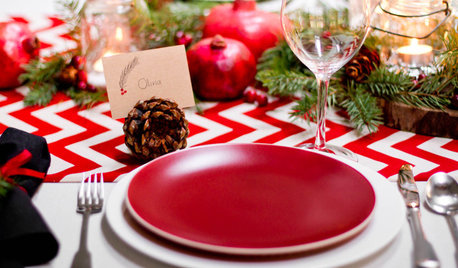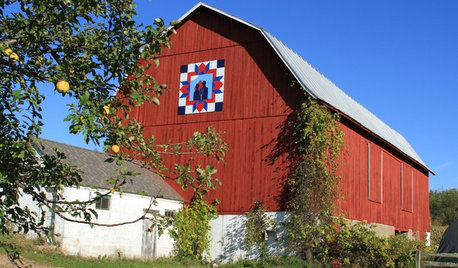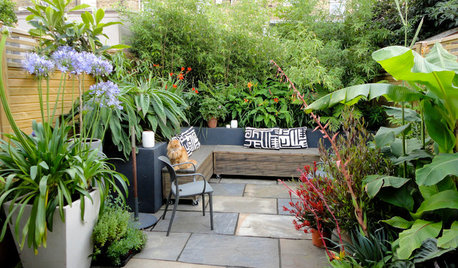New here, 10 X 10 community garden potager ideas?
clubcracker
12 years ago
Related Stories

FRONT YARD IDEAS10 Ideas for a Front-Yard Edible Garden Your Neighbors Will Love
Choosing attractive, well-mannered plants and sharing the bounty will go a long way toward keeping the peace
Full Story
GARDENING GUIDES10 Easy Edibles for First-Time Gardeners
Focus on these beginner-friendly vegetables, herbs, beans and salad greens to start a home farm with little fuss
Full Story
CHRISTMAS10 Thoughtful and Thrifty Christmas Table Touches
If you’re after some affordable decorative touches to add to your holiday table this year, here are a few ideas to inspire you
Full Story
LIFE10 Ways to Work Through Grief Triggers During the Holidays
A year after losing her sister, she was facing another holiday. Here’s how one woman learned to find joy again
Full Story
WINTER GARDENING10 Native Wildflowers to Beautify Your Winter Garden
They stand strong in wind, feed wildlife and are easy to grow. But you may want to add these plants for their looks alone
Full Story
LIFE10 Ways to Cope With Grief During the Holidays
If you are experiencing loss, take it from an experienced griever — life has changed forever, but it does get better
Full Story
ARTBarn Quilts Piece Together a Community
One man with one beautiful idea transforms Wisconsin’s Shawano County
Full Story
INSPIRING GARDENSNative Plants Bring 10 Southern California Front-Yard Gardens to Life
Rare plants, rain gardens and wildlife habitats are just a few of the features showcased on the 2016 Theodore Payne Native Plant Garden Tour
Full Story
MOST POPULAR10 Reasons to Love a Tiny Garden
Small outdoor spaces can have a beauty all their own
Full Story
GARDENING AND LANDSCAPINGWorld of Design: 10 Home Gardeners Show Us Their Sweet Summer Harvests
From New York to Tokyo, these gardeners have turned their yards, terraces and rooftops into places of bounty
Full StorySponsored






aypcarson
HerrGothic
Related Professionals
Hershey Landscape Architects & Landscape Designers · South Orange Landscape Architects & Landscape Designers · Towson Landscape Architects & Landscape Designers · Belvedere Park Landscape Contractors · Canton Landscape Contractors · Lexington Landscape Contractors · Porterville Landscape Contractors · Ridgewood Landscape Contractors · Royal Oak Landscape Contractors · Sammamish Landscape Contractors · San Bruno Landscape Contractors · Streamwood Landscape Contractors · Webster Groves Landscape Contractors · West Chicago Landscape Contractors · Brenham Swimming Pool Buildersoliveoyl3
clubcrackerOriginal Author
oliveoyl3